
House /
The adhering to article is composed by an artwork educator. We recognize that artwork instructors are not accredited therapists or counselors. If you are dealing with problems about trauma, violence, and psychological health in your classroom, remember to request support from expert faculty counselors, and adhere to your college and district procedures.
Photograph this—students are throwing pencils, scissors, chairs, and just about anything they can turn into a projectile. Students are screaming, preventing, crying, and managing out of class. Probably this is your classroom, or it’s possible it is just the things of nightmares you have read. Possibly way, a disorderly classroom like this is not the purpose.
The ideal artwork home is a protected area for all students to imagine, investigate, engage in, and develop. Yet there are so lots of matters that materialize to you, your pupils, and your setting up that condition attitudes, feelings, and views right before pupils even walk through your door. Restorative justice can give artwork academics a community-oriented way to tackle these rough conversations devoid of sacrificing students’ time to build!
Let us dig into what restorative justice is, what the two forms of restorative circles are, and some easy approaches to apply these methods in your artwork space.
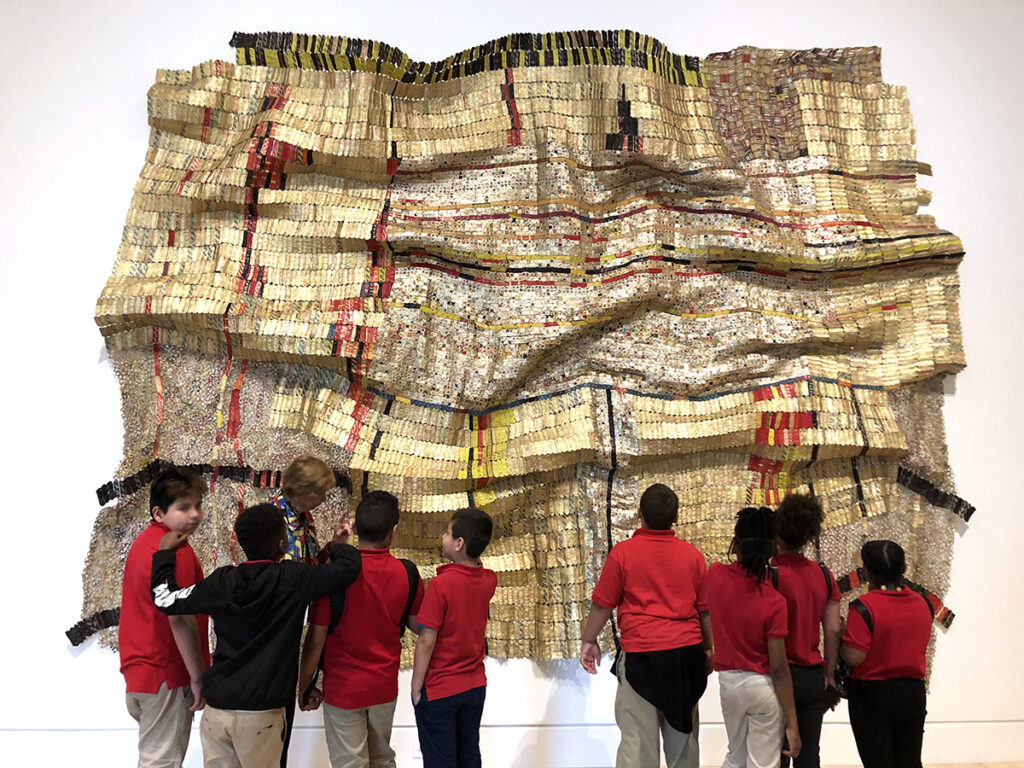
What is restorative justice?
Restorative justice is an evidence-based mostly method that methods conflict by concentrating on wounded associations and performing to mend them. It is gaining traction in lecture rooms due to the fact of its trauma-primarily based alignment and focus on university student dignity.
Restorative justice started out as a way to reframe felony acts as relational violations in its place of simply just breaking a rule. Quite a few instruction units adopted restorative justice approaches to assist communities recover from conflict and damage. Knowing how steps affect the associations in a team is crucial to long lasting, tranquil conflict resolution.
Restorative justice borrows a website page from trauma-informed discipline. It sees behaviors as signs or symptoms of a root induce. At the time an knowing of the predicament emerges, relational reparation and rebuilding can get started.
Proactive romance constructing can support avert disputes and the approach of restorative circles can support solve disputes. Restorative circles let included events to occur with each other to handle conflict and concur on a prepare to repair the hurt. The circles stick to a format for participation and are moderated by a qualified facilitator. Interactions lay the foundation of genuine treatment. Restorative circles assist pupils understand their steps can have an impact on and damage those people relationships. If you are intrigued in turning into a experienced facilitator, get to out to your administration workforce to see if there are avenues by means of your district or faculty.
If you are searching for much more means to build interactions in your classroom, these methods may well be helpful:
What are the two varieties of restorative circles, and what can they search like in the art area?
Restorative circles can decrease detrimental, punitive willpower steps by producing a good college climate. According to Jamie Silverman and Molly Mee’s report, circles fall into two categories.
The two categories are:
- Proactive
- Responsive
Proactive circles establish group and set up positive connections. Responsive circles present the chance to rebuild ruined relationships. Let us choose a closer seem at each individual form of circle and what they can appear like in the art space.
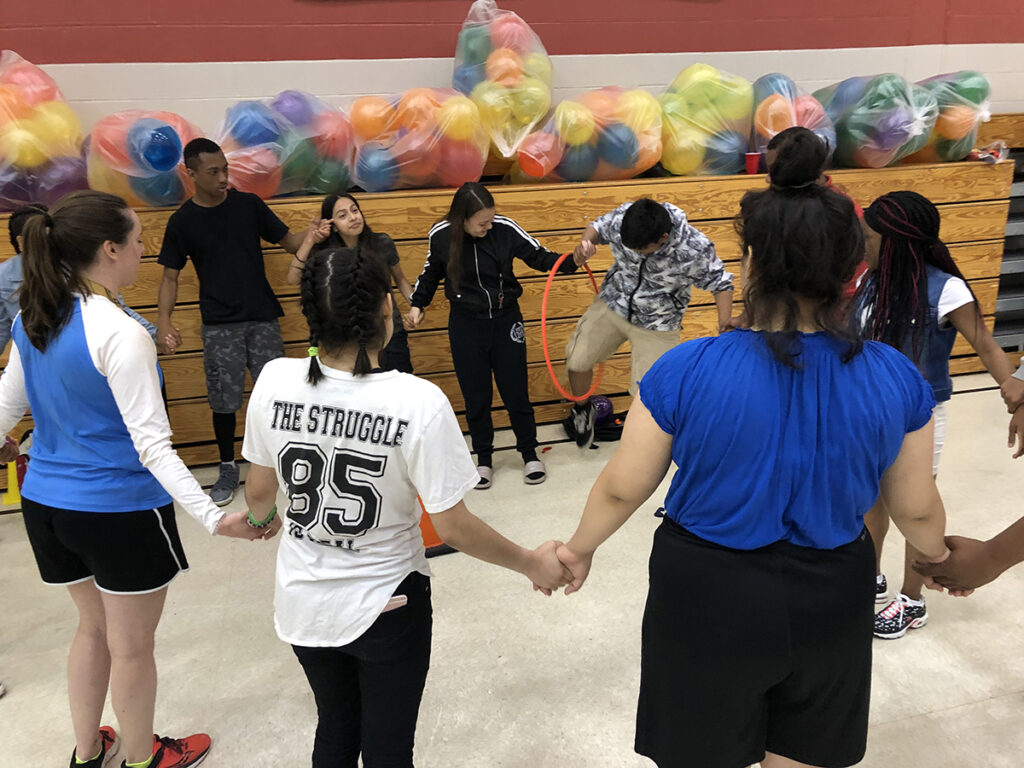
1. Proactive circles are “morning-meeting” design and style gatherings to develop neighborhood.
Entertaining questions and video games establish rapport and assist avert conflict. The aim is to enhance regard and understanding for every scholar. These circles commonly entail open-ended thoughts that allow just about every college student a “spotlight” moment to share. Check out this video to see how it’s finished!
https://www.youtube.com/check out?v=1fuLSU3bE-w
Keep in mind, only properly trained facilitators can run correct restorative circles. On the other hand, several things made use of in restorative circles can generate positive benefits in your studio. Adapt this follow and try out out these timely proactive circle factors in your art course:
- Occur up with a signature opening ritual.
Stand at the doorway to greet college students with a individualized welcome. Lead your artists in a connect with and reaction or mantra from the very same corner of the space every day. - Integrate visual check-ins.
Have students place to an emoji to characterize how they are doing as they stroll in. Chat with your college students as they illustrate their emotions in a visible journal. Prompt them with introspective queries. - Close with a game or a thank you.
Consider benefit of the time learners devote lined up at your doorway to play a rapid, enjoyable game. Have learners amount how they come to feel they did in course. You can even circle again to the emoji check out-in they concluded when they walked in. Really don’t neglect to thank them for developing with you!
2. Responsive circles are for conflict resolution and connection reparation.
A disruption can breach the reliable relationships in the class. The offended university student(s) voice their side right before devising a resolution for restoration with all students concerned or affected. View this online video to see a responsive circle in motion!
https://www.youtube.com/observe?v=1-RZYSTJAAo
Adapt this apply and continue to keep these restorative circle procedures in head when resolving conflict:
- Address emotions with “I” statements.
There are normally a good deal of damage emotions concerned in a conflict. Inspire “I” statements these as, “I felt… when you…” This expresses how the situation influenced each particular person and lessens blame. - Pay attention to all sides of the story.
There are two (or additional) sides to each story. Give all people an equivalent probability to convey to their variation of gatherings. You might learn one thing you did not know. - Realize when you require guidance.
You have constrained time and methods to offer with conflicts in course. The disputes that occur up can be component of more substantial concerns. Don’t be fearful to tap into your network of aid. Convey in professional counselors and administration when conflicts are out of your quick classroom scope.
What are some effortless strategies to try out restorative justice circle methods in the artwork place?
Looking through this, you may well feel, “Restorative justice seems all effectively and superior, but who has the time for so lots of circles?!” Don’t forget, restorative justice is a communal self-control design. Preferably, you aren’t in it by yourself. Ideally, your making or district purchases into the added benefits of this approach and supports you as you observe it.
If this is not the situation, all is not dropped. There are nonetheless techniques to use restorative justice to established learners up for achievements when working with disputes. The greatest component is it does not have to appear at the cost of their artmaking and studio time!
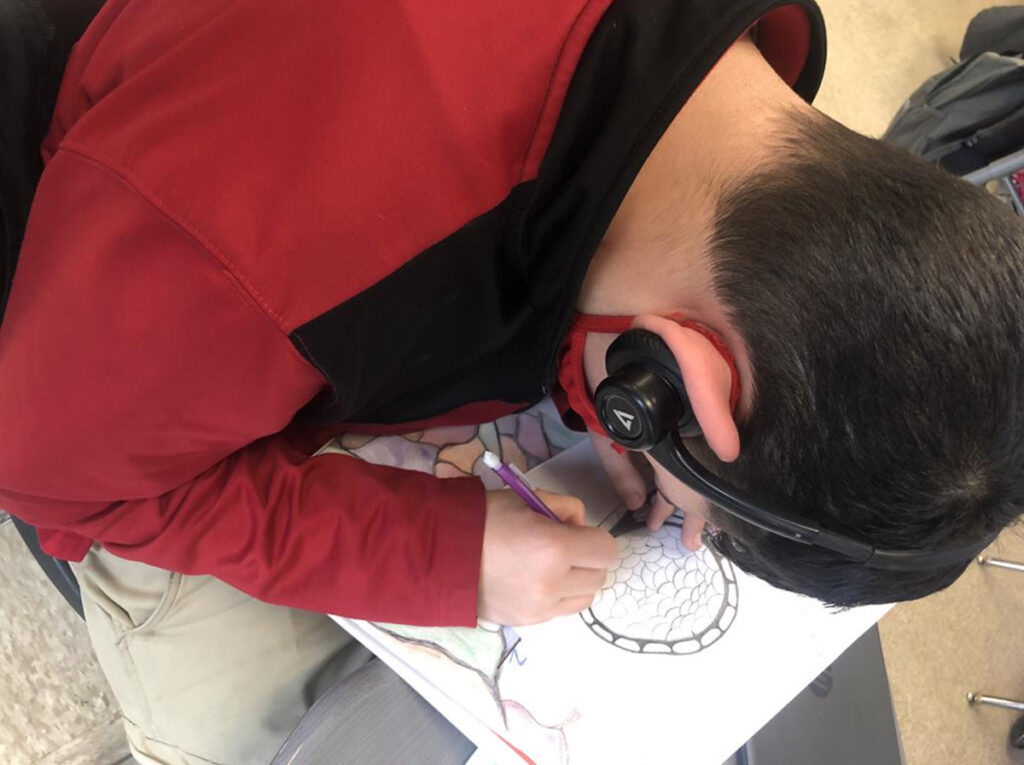
Test including these easy restorative, justice-centered artwork actions into your toolkit:
- Interesting down with doodles.
Remove students from the conflict place and enable them attract Zentagle styles. They can also do mindful coloring whilst they cool down. This offers college students time to breathe so they can discuss the conflict far more rationally. - Share their aspect by way of a comedian strip.
Conflict frequently arises from miscommunications or misunderstandings. Students create a comic strip of gatherings foremost up to a dispute. Prompt them to present how precise actions affected them. - Categorical inner thoughts in clay.
The soothing texture of clay and the fingers-on aspect of doing work with it can give a sensory distraction for distraught pupils. Learners assemble a sculpture to characterize what they are sensation in the moment. - Uplift with term art.
Words are strong. They can carry other folks up or tear other folks down in an immediate. Learners paint a favourable word or message for their community. Dangle what they create on the wall for customized and uplifting decor as perfectly as a visual reminder for all. - Draw a class appreciate letter.
Art typically fills the house phrases are unable to. Pupils attract what their class implies to them. This can give them a prospect to repair ties to the friends they caused harm.
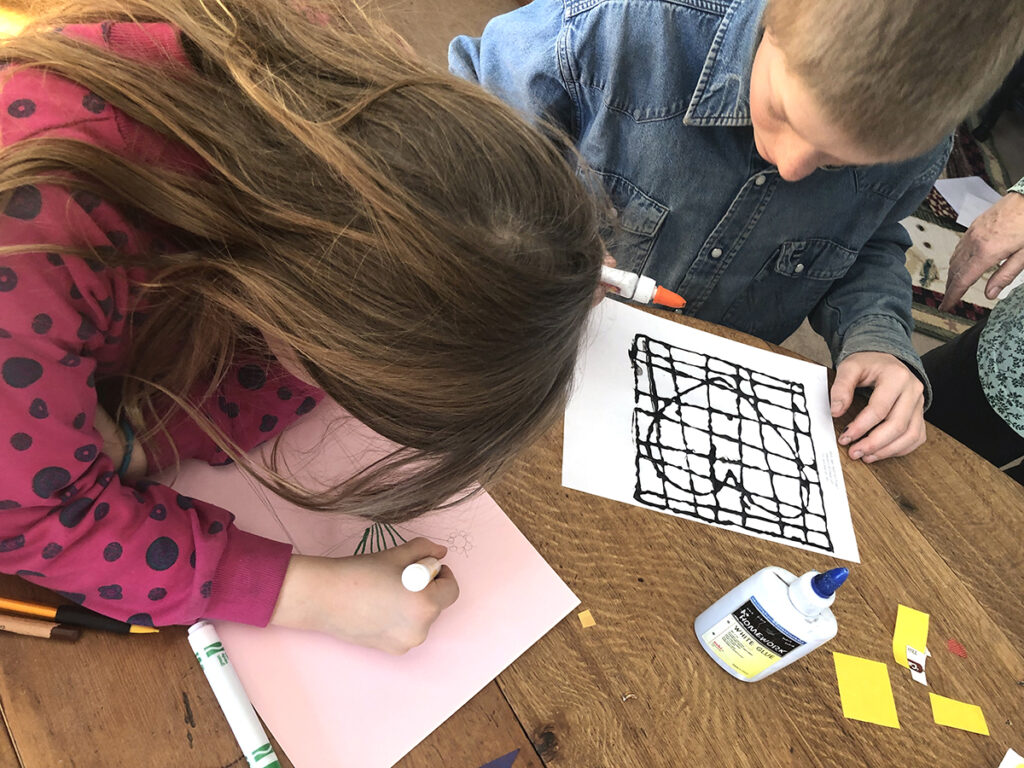
You might not have time to host a whole-on restorative circle in the middle of art class. Even so, these compact, innovative possibilities can enable learners who are suffering from strife. The pursuits enable college students to specific their thoughts and prepare them to stage again into the mastering neighborhood to make awesome art!
Try to remember, restorative justice is all about creating and maintaining healthy relationships. You can cultivate these with a few compact actions in your existing routines. Start off an opening course ritual, hear to just about every pupil included in a conflict, or established up a room for pupils to amazing down even though producing art. These basic things can go a extensive way in generating pupils and lecturers sense risk-free and linked in the art place.
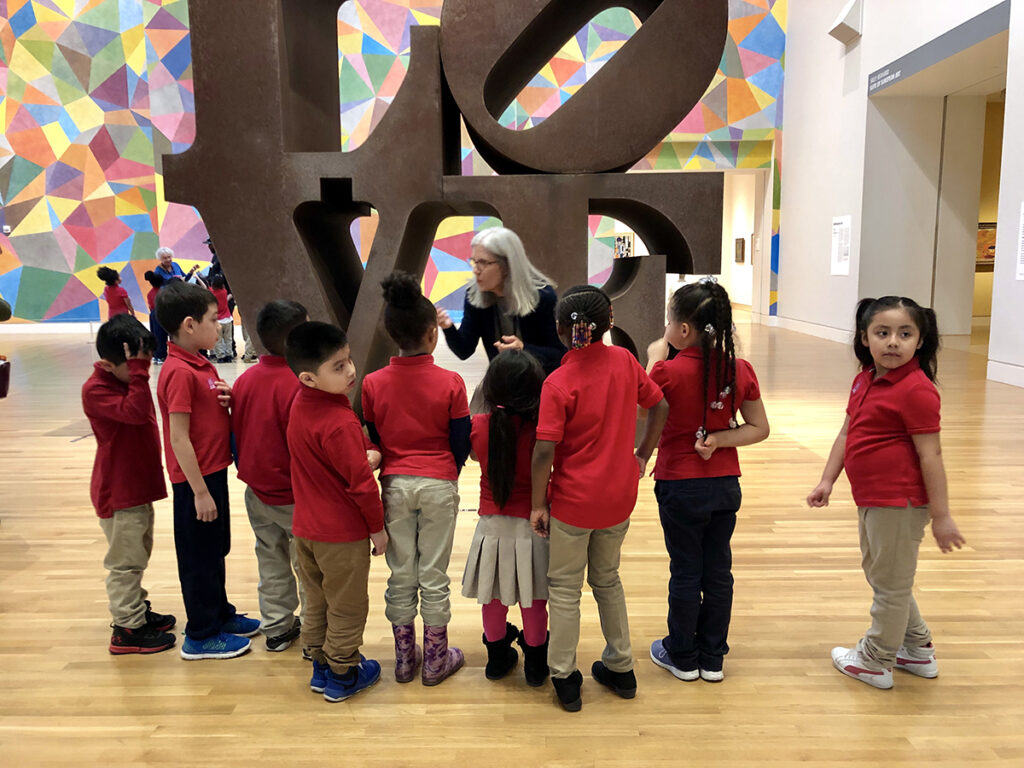
Understand much more about bringing restorative justice and other restorative procedures to your classroom with these assets:
What inquiries do you nonetheless have about restorative justice?
Which restorative method will you attempt?
How else have you set restorative justice into apply in your artwork home?

